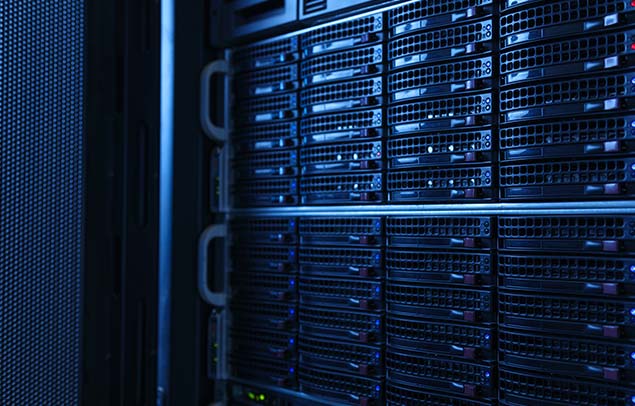3 Action Guide to Picking the Right Disaster Recovery Service
Whether it's a ransomware attack, a natural disaster, or corruption of a client's database, you want to ensure that your organization's IT system can recover. Having a service connection and catastrophe recovery (BCDR) plan is vital. There are a huge selection of BCDR services (on-premise, hybrid, or cloud-based), and it's crucial to pick the very best one for your business needs. Here's what you ought to be keeping an eye out for when evaluating your next BCDR solution.
Find the Right Business Continuity/Disaster Recovery Solution in 3 Steps:
1. Assess BCDR and DRaaS Solutions
One of the greatest aspects when picking a BCDR service is determining whether you'll contract out support or manage it internally. If you plan on outsourcing help, you'll require to partner with a handled companies (MSP) that excels in connection and compliance options. Considering that many BCDR services integrate cloud, software, and hardware elements - you'll need a procedure to support your virtual properties, local servers and desktops. BCDR hardware has a number of purposes consisting of:
Hosting BCDR software application
Sending server images to the cloud for disaster recovery
Storing regional copies of backup server images for routine brings back


2. Seek BCDR Cloud Options
The best BCDR solutions have a cloud backup as well as a recovery component. This is since the cloud serves two purposes in a BCDR service. The very first is to provide offsite storage space for server and workstation images used for brings back. The 2nd is to take over important operations when a failover takes place.
Backups can be stored in your area - on a device or backup server in your data center - or from another location, in the cloud. For BCDR, it's best to keep copies of your backups in both locations. To put it simply, if office 365 migration services it's not possible to bring back a system in your area, you can failover to the cloud. Likewise, your option needs to address a range of data restoration situations, ranging from restoring a few lost files to recuperating from a total server failure or the destruction of multiple servers and PCs. Restoring from local backups is much faster, while the alternative of stopping working over to the cloud offers you ultimate security versus worst-case situations.
3. Address Security and Compliance Frameworks
A BCDR needs to deal with ransomware detection, point-in-time rollback abilities, and information immutability. It's important to try to find BCDR options that abide by Service Organization Control (SOC 1/ SSAE 16 and SOC 2 Type II) reporting standards and function two-factor authentication. This can help protect your information and lower the need for manual intervention. If you want to learn how to keep your organization healthy and secure, reach out to us for a complimentary IT consultation.